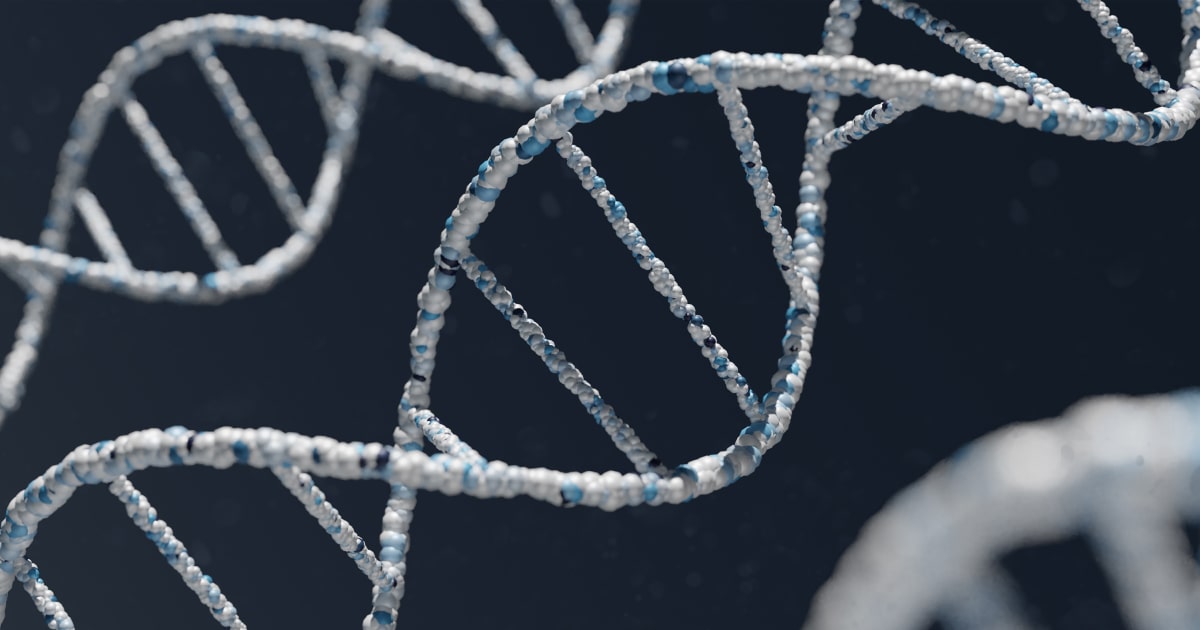
Expert Reviewed By: Dr. Brandon Colby MD
Classical galactosemia is a rare genetic disorder that affects the body's ability to process galactose, a sugar found in milk and other dairy products. The homozygous Duarte-type is a specific form of this condition that can lead to severe complications if not properly diagnosed and managed. In this article, we will explore the latest research on understanding, diagnosing, and using genetic testing for classical galactosemia, focusing on the homozygous Duarte-type.
Understanding Classical Galactosemia
Classical galactosemia is caused by a deficiency in the enzyme galactose-1-phosphate uridylyltransferase (GALT), which is responsible for converting galactose into glucose, a more easily metabolized sugar. The deficiency in GALT results in a buildup of galactose and its toxic byproducts in the body, leading to a range of symptoms, including liver dysfunction, cataracts, developmental delays, and even death if not treated promptly.
The homozygous Duarte-type of classical galactosemia is a specific form of the disorder caused by a combination of two Duarte (D2) alleles, which results in a more severe GALT deficiency. This form of the disease can lead to more severe symptoms and complications if not properly managed.
Diagnosing Classical Galactosemia
Early diagnosis of classical galactosemia is crucial to prevent severe complications and ensure appropriate treatment. The disorder is typically diagnosed through newborn screening tests, which measure the levels of galactose and its byproducts in the blood. However, these tests may not always accurately identify the homozygous Duarte-type of the disease.
Role of Genetic Analysis in Diagnosis
Genetic testing can play a vital role in accurately diagnosing classical galactosemia, particularly the homozygous Duarte-type. By analyzing the GALT gene, researchers can identify specific mutations that cause the disorder and determine the severity of the GALT deficiency. This information can be critical for guiding treatment decisions and ensuring the best possible outcomes for patients.
Expanding the Mutational Spectrum of GALT
Recent research has expanded our understanding of the genetic basis of classical galactosemia, including the identification of new GALT mutations in different populations. A study investigating GALT mutations in two Chinese families with the disorder revealed previously unreported loss-of-function mutations, while another paper described the molecular characteristics of 195 Polish patients with the disease. These findings contribute to a more comprehensive understanding of the genetic basis of classical galactosemia, which can help improve diagnostic accuracy and treatment strategies.
Using Genetic Testing for Classical Galactosemia
Genetic testing can provide valuable information for patients with classical galactosemia and their families, particularly in the context of the homozygous Duarte-type.
Confirming Diagnosis and Guiding Treatment
As mentioned earlier, genetic testing can help confirm the diagnosis of classical galactosemia and provide critical information about the severity of the GALT deficiency. This information can guide treatment decisions, such as the implementation of a galactose-free diet, which is the primary treatment for the disorder.
Family Planning and Prenatal Testing
Genetic testing can also be useful for family planning purposes, as it can help identify carriers of GALT mutations who may be at risk of having a child with classical galactosemia. Couples who are both carriers can opt for prenatal testing to determine if their unborn child has the disorder, allowing for early intervention and treatment if necessary.
Understanding the Impact on Protein Glycosylation
Research has shown that GALT deficiency can lead to significant changes in protein glycosylation, which may contribute to the symptoms and complications of classical galactosemia. A study investigating the glycomics of urinary exovesicles from patients with the disorder found shifts toward complex-type N-glycosylation, potentially affecting the function and localization of glycoprotein receptors. Understanding these changes can provide insight into the underlying mechanisms of the disease and inform the development of new therapeutic strategies.
Conclusion
Classical galactosemia, particularly the homozygous Duarte-type, is a complex genetic disorder that requires accurate diagnosis and appropriate management to prevent severe complications. Genetic testing plays a crucial role in understanding the genetic basis of the disease, confirming diagnosis, guiding treatment, and providing valuable information for family planning and prenatal testing. As our knowledge of the mutational spectrum of GALT continues to expand, so too does our ability to improve the lives of those affected by classical galactosemia.
About The Expert Reviewer
Dr. Brandon Colby MD is a US physician specializing in the personalized prevention of disease through the use of genomic technologies. He’s an expert in genetic testing, genetic analysis, and precision medicine. Dr. Colby is also the Founder of and the author of Outsmart Your Genes.
Dr. Colby holds an MD from the Mount Sinai School of Medicine, an MBA from Stanford University’s Graduate School of Business, and a degree in Genetics with Honors from the University of Michigan. He is an Affiliate Specialist of the American College of Medical Genetics and Genomics (ACMG), an Associate of the American College of Preventive Medicine (ACPM), and a member of the National Society of Genetic Counselors (NSGC)